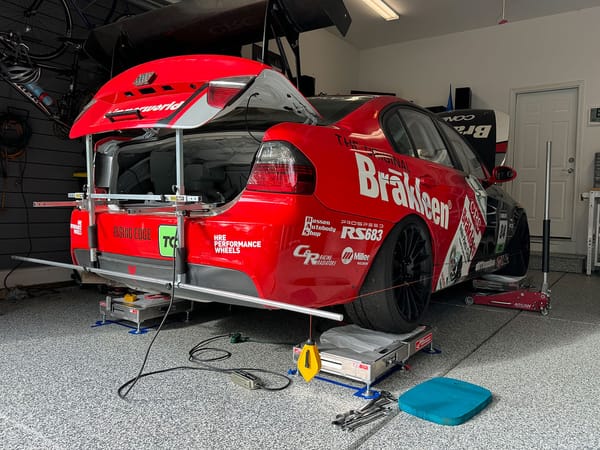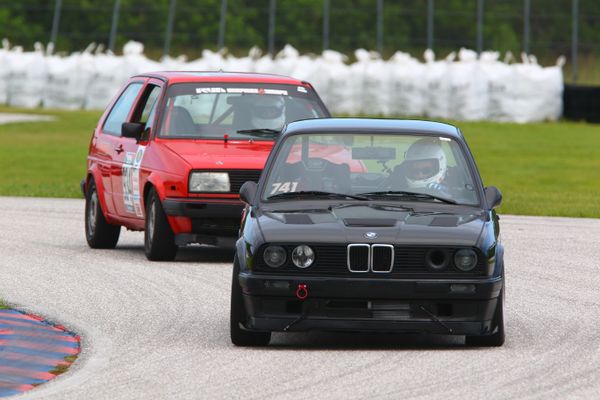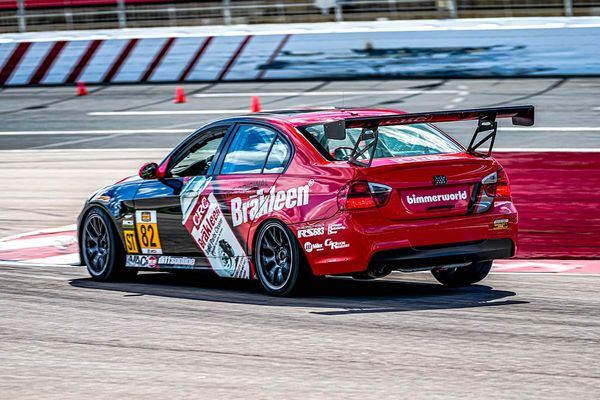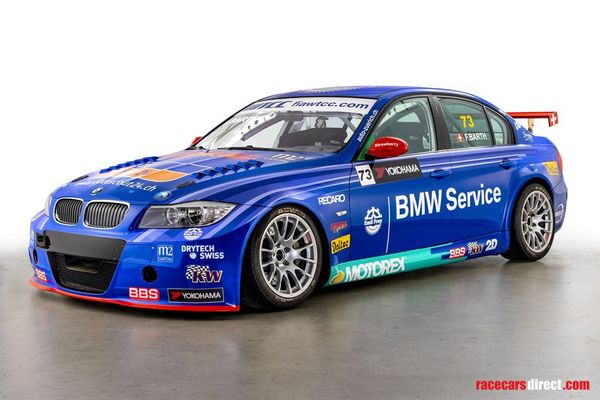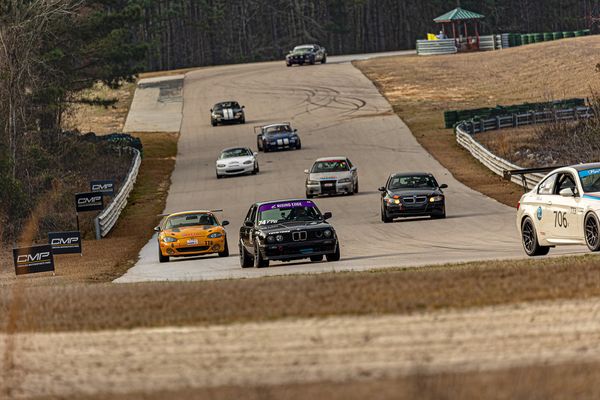Coming up through the HPDE ranks, there were two somewhat mythical beasts that came up a lot, in hushed tones: "slicks," and "aero." Slicks in reference to DOT radial slick tires, such as the Toyo RR, Maxxis RC-1, and Hoosier R7. Aero in reference to cars utilizing one or more major aerodynamic device, such as a wing or a splitter.
There were two ways that these terms came up. The first was somewhat dismissive, suggesting that driver only achieved their lap time because they had slicks and/or aero on their car. The second was kind of a warning: it is best to hone your driving skills without the aid of slicks or aero, lest those things cause you to form or cover up bad driving habits.
(Side note: I think the term aero is pretty silly, but it is pervasive, so I am going to continue using it. A so called aero car might not be aerodynamic at all, but it has aerodynamic devices on it. My E30 is a good example.)
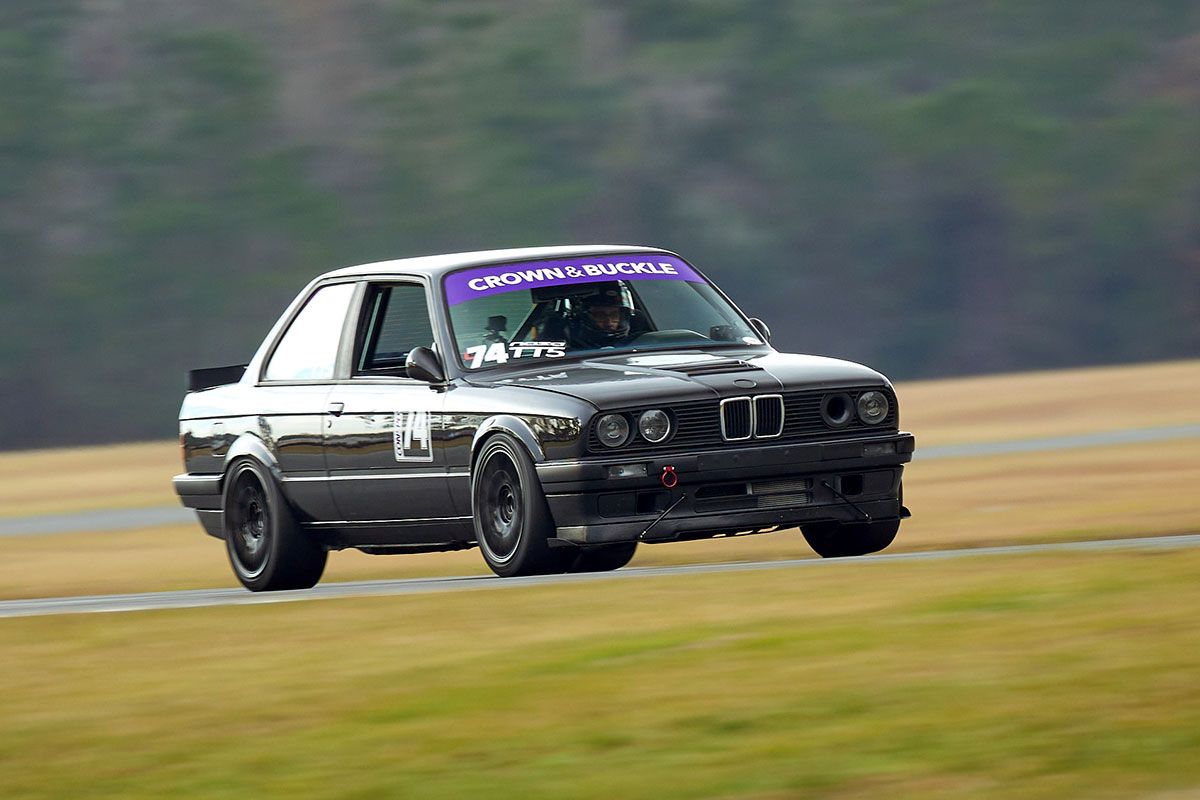
Tires and aerodynamic devices are usually regulated by the ruleset you are competing under. However, in HPDE and in many power-to-weight competition classes, you mostly have free reign to mod the car the way you want it, within reason. There may be a balance of power for certain tires or aero devices, such as needing to add ballast or de-tuning the car.
Depending on where you're at as a driver, and where you (and your car) are headed, you may have put off trying slicks or aero for a while, like I did. It was a solid 5 years before I tried out slicks, and I just recently drove an aero car for the first time, about 8 years into my track driving career. What was it like?
The Difference Is Not Huge
If I'm being honest, I expected a more dramatic difference the first time I used slick tires or drove a so-called aero car. With each change, the car was still totally recognizable, there was just more. More grip, more corner speed, more braking ability. However, it was pretty easy to adapt to the change.
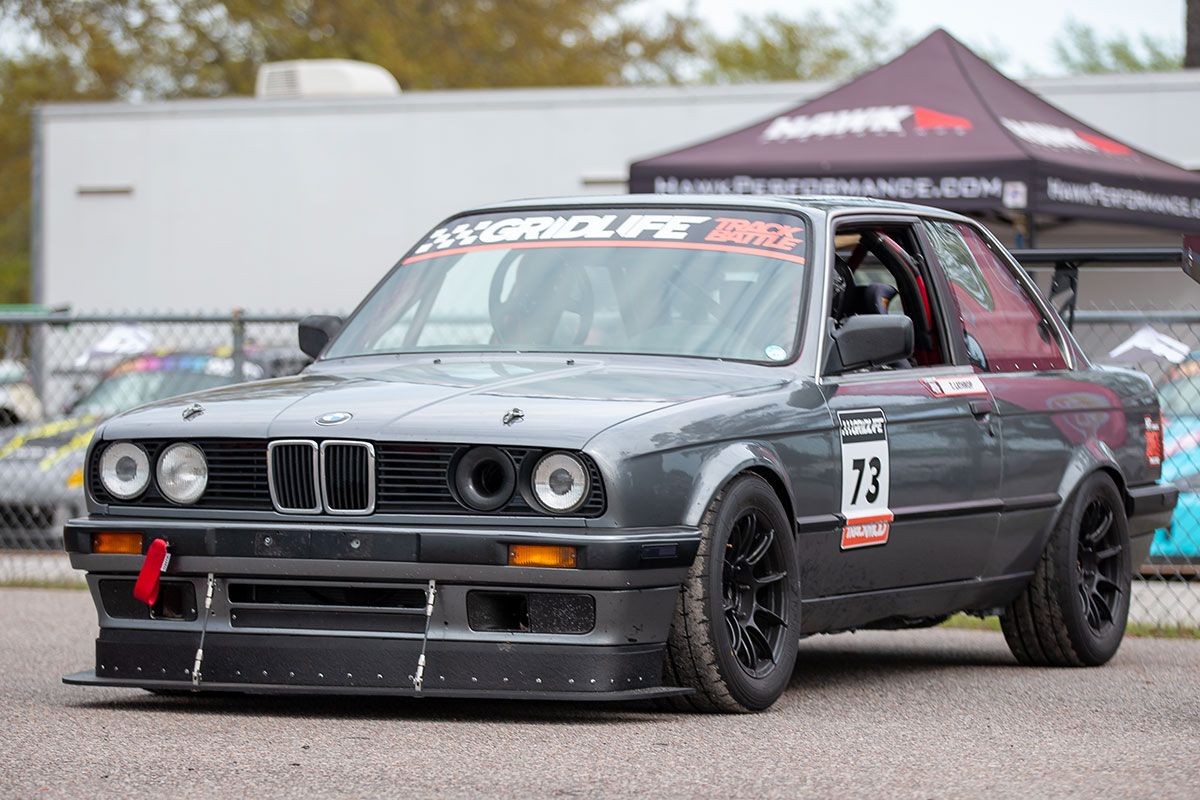
Super 200tw Tires
Today's crop of "200tw" tires are seriously impressive. I would guess that most HPDE drivers are using something in the endurance 200 or super 200 category, as per GRM's "Ultimate Track Tire Guide" (chart below). Most of these tires are capable of outpacing the racing slick tires from a decade or two ago.
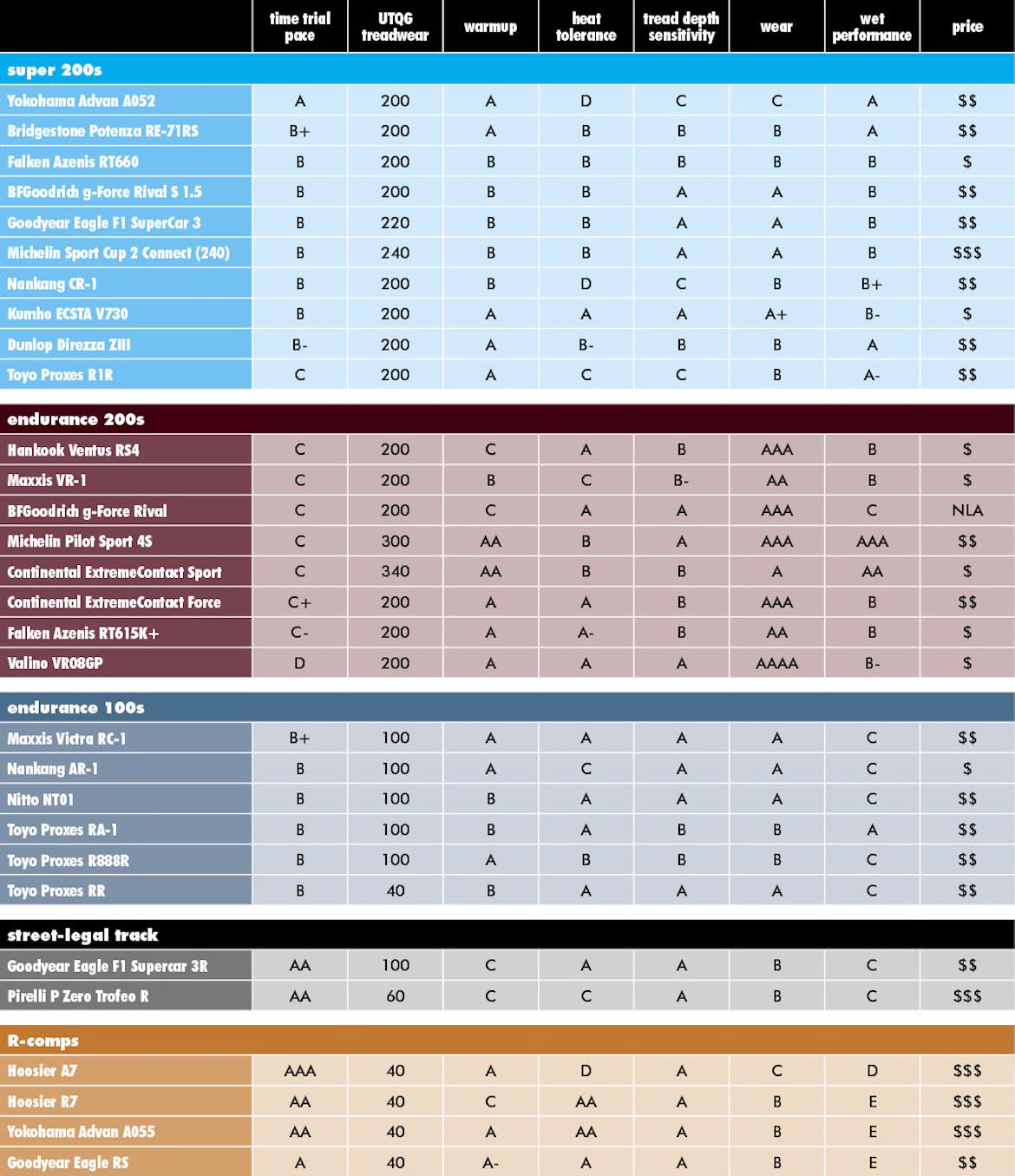
Most of the 100-200tw tires on this chart have a great reputation for balancing performance, longevity, and driver feedback, resulting in a tire that is friendly to drivers at all skill levels. They might even be relatively affordable in comparison to something like the Hoosier R7 or Advan A055, which can easily run in the $1,250-1,500 range.
Slick Tires
Notice how the Maxxis RC-1 and Toyo RR fall under the "endurance 100" category, alongside tires like the Nitto NT01, and Toyo R888R? Despite the Toyo RR being dubbed a 40tw competition tire, it has the same rubber compound as the 100tw R888R, but without as many rain channels cut into the tread.
That's because tire manufacturer's tread wear ratings don't mean much at all, and tires like the street-performance Toyo R888R and the competition-minded Toyo RR are more alike than they are dissimilar.
The reality is that most DOT radial slicks are not going to be unfamiliar to those that have driven 200tw performance tires.
The grip levels are nearly the same. The slicks will have better heat tolerance, and they will feel more "crisp" and predictable than a tire that has comparitively more tread blocks. The Maxxis RC-1 and Toyo RR retain some of the audible feedback that can help you find the limit of the tire.
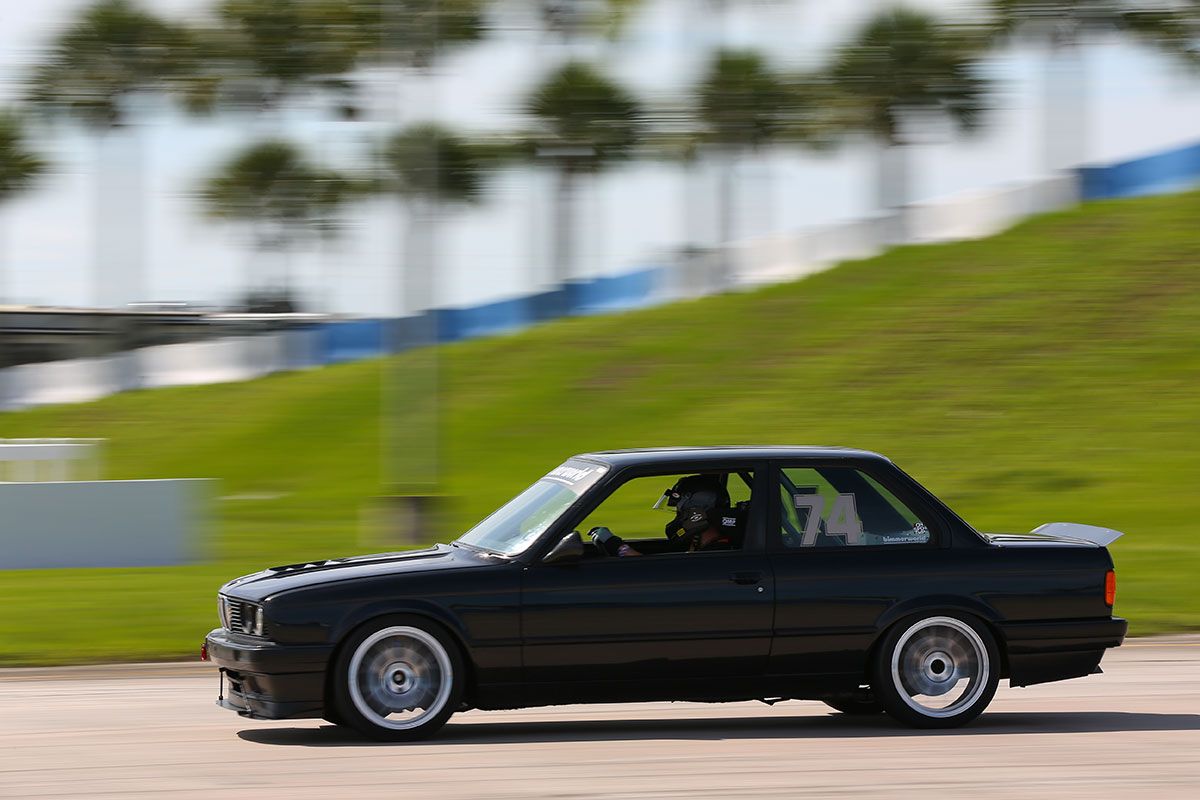
Jumping up to a Hoosier R7, the grip level goes up while the longevity goes down. Coming from a 200tw, you can still jump in a car with R7s and drive it hard, without feeling like you have to adjust your driving style or re-learn the car. The Hoosiers have less audible feedback, but they make up for it with a more progressive breakaway at the limit.
Overall: it will take you a few sessions to find the new, higher limit of grip on the DOT radial slicks, but once you do, not much will change.
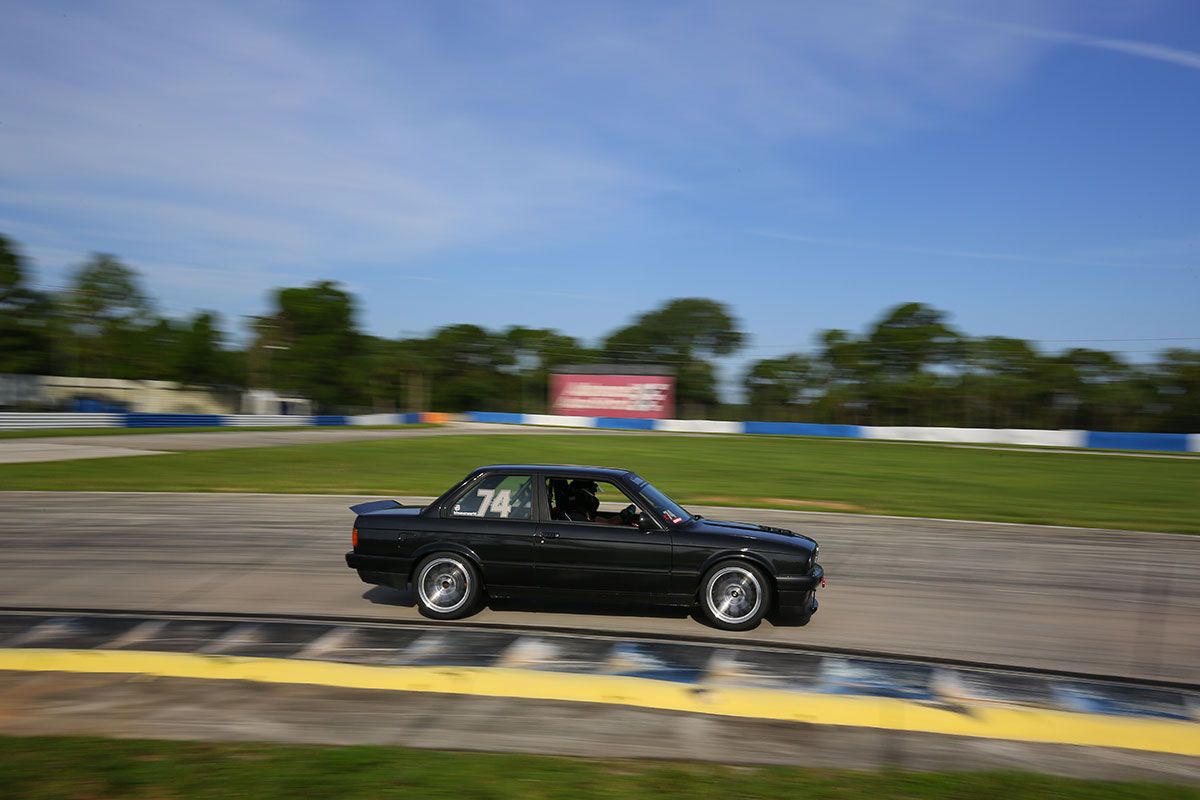
What about aero?
NASA's Super Touring & Time Trial 5/6 rules limit a rear wing to the body width of the car, and it can't exceed 8" above the roofline or overhang the rear of the car by more than 12". Other than those stipulations, you can run a pretty damn big wing on a an ST/TT 5/6 car.
On the other end, you can only run 4" max protrusion for the splitter, which isn't going to be enough to balance out an aggressive wing in most cases. In ST/TT 1-4, the rules are more lax, but most cars are also likely to be limited by the amount of front downforce you can generate.
I recently drove my new E30 on track for the first time in ST/TT5 trim, complete with a 780 square inch Bimmerworld wing and a 4" NASA-legal front splitter.
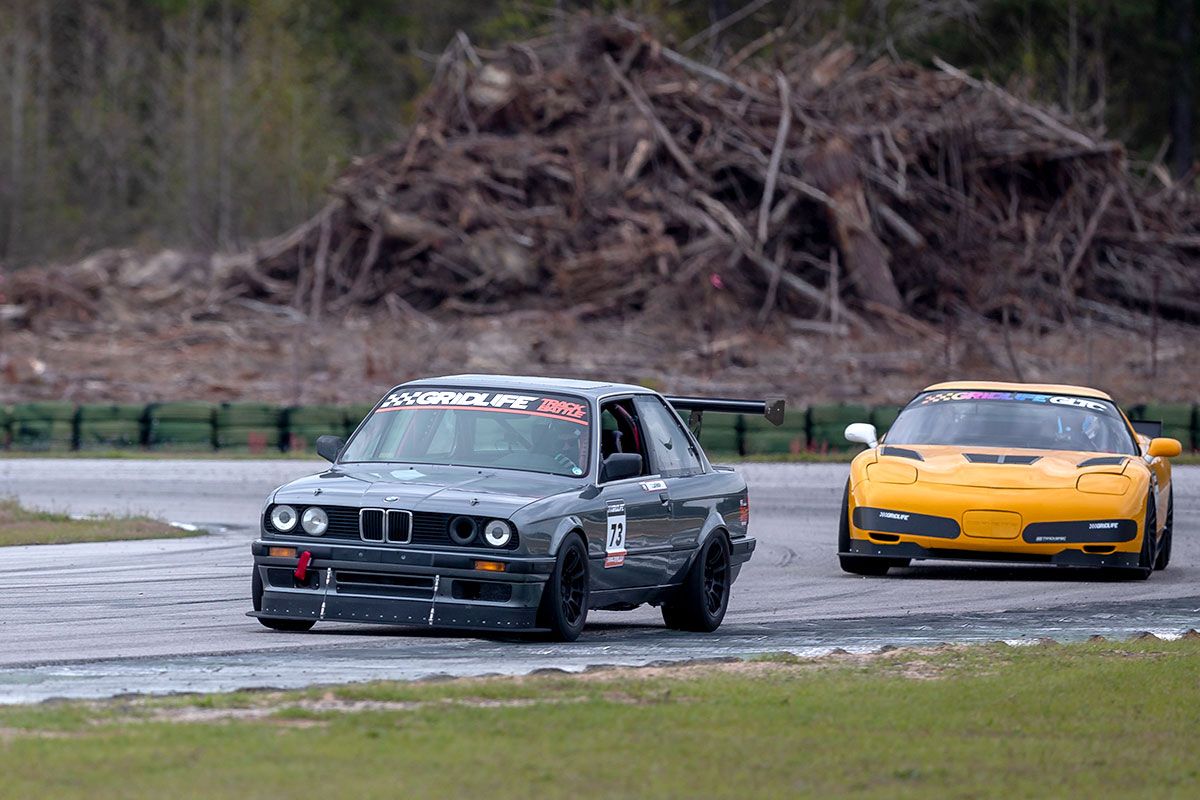
Compared to my "non-aero" TT6 car, I was a full 3 seconds faster around Carolina Motorsports Park, basically straight out of the gate. It isn't apples to apples due to the different weights, power levels, and even the level of development in the cars: I've been driving the TT6 car on track for 8 years, whereas the new TT5 car has been out one time.
While it was clear that the new TT5 car is going to be far more capable with some further development, the effect of the aerodynamic package wasn't as dramatic as I had played it up in my mind.
Despite the higher power, lower weight, and considerably higher downforce versus my TT6 car, it was still an E30. The driving style was similar, and I didn't feel out of sorts. I hopped in the car, and felt comfortable to push in the first session.
In the case of my new E30, the aero balance is too far rearward, and I still need to make some changes to the suspension setup to improve the balance of the car. I've heard that you want to set up an aero car to rotate well at lower speeds, and to allow the balance to shift rearwards at higher speeds (via the wing) for high speed understeer (read: stability). My car understeered everywhere, so I am excited to experiment on the setup more and see the effects.
Do What You Want
To bring things back full circle: I still think that it's solid advice to avoid slicks and aero for a while, at least until you are able to drive consistent lap times, clustered near your personal best. If you are in HPDE, do whatever makes you happy. If you want to set a PB, a stickier tire may help you do that. If you want to save some money instead, run 200tw street tires.
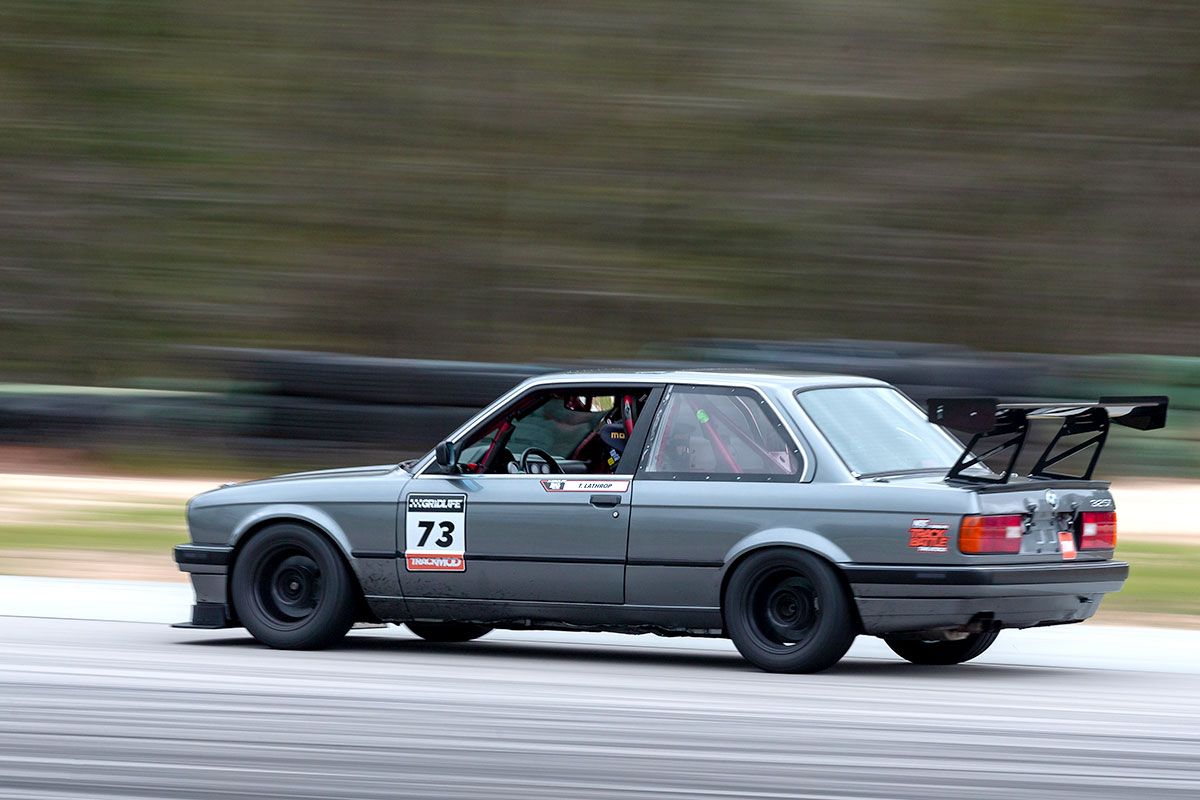
Run aero if you think you'll later compete in a class that allows it. Don't bother with it if you are eventually going to race in a class that doesn't allow it, such as most Spec classes.
If you are already competing in some form, and you feel outgunned in your class: seek out what the fast guys are running. If they are running something different than you, perhaps try emulating their setup. If they are running the same stuff, well, it's time to look in the mirror. You'll find what needs to be upgraded.
The difference from the tires or downforce aren't going to throw you off your game too much. A weekend into the new setup, and you may wonder why you put it off so long. I know I did.



